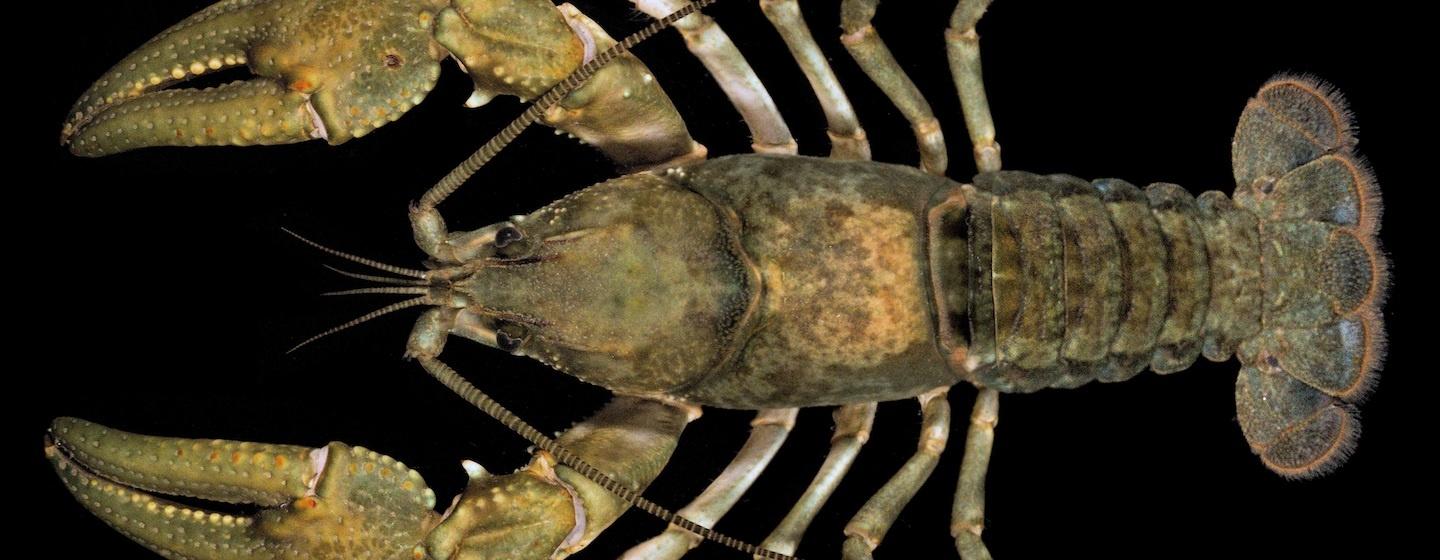Researchers Discover New Crayfish Species


I’d like you to meet Cambarus ectopistes.
You might know it better as the Cataloochee Crayfish. It’s about six inches long, which is fairly large for a crayfish, and it’s only found in North Carolina and Tennessee.
“People have talked about the ‘big water crayfish” that was found in Great Smoky Mountains National Park for a long time and how it was similar to large crayfish found in Ohio, Virginia and West Virginia,” said Dr. Bronwyn Williams, Research Curator, Non-Molluscan Invertebrates at the North Carolina Museum of Natural Sciences. “But we thought this creature had enough unique features that it could be a different species.”
Williams and her colleague at the museum, Dr. Zachary Loughman, were both working on other projects when they first heard about the Cataloochee Crayfish, but they were intrigued.
And they eventually began catching and studying the unique crayfish. They compared what they found in the river and streams with samples found in museum collections.
Researchers looked at morphology (the shape and functions of parts of organisms) genetics, behavior, ecology, biogeography & color pattern. And it turns out…
(drum roll please)
The Cataloochee Crayfish is indeed a distinct species of crayfish. It’s now the newest addition to North Carolina and Tennessee's named crayfish fauna. It’s only found in sections and tributaries of the Pigeon, French Broad and Nolichucky Rivers. It doesn’t exist anywhere else in the world.
“It was pretty exciting to look at all of the data and realize you’re looking at a distinct species,” Williams admitted. “But describing the species is an important first step in developing a conservation plan.”
Willliams calls the crayfish a species of special concern, primarily because of habitat degradation. That’s the legal protection she will recommend to the North Carolina Wildlife Resources Commission. Achieving that protection is a lengthy process.
“The good news is that a lot of river areas where the crayfish are found is in Great Smoky Mountains National Park, so those areas are protected,” adds Williams. “But in other areas there is a lot of sediment runoff from clear cutting forests. The is also sediment and fertilizer runoff from agriculture, so we need to keep monitoring the areas.”
“But to be able to make this discovery and know that it will eventually help to protect this species is exciting,” said Williams.